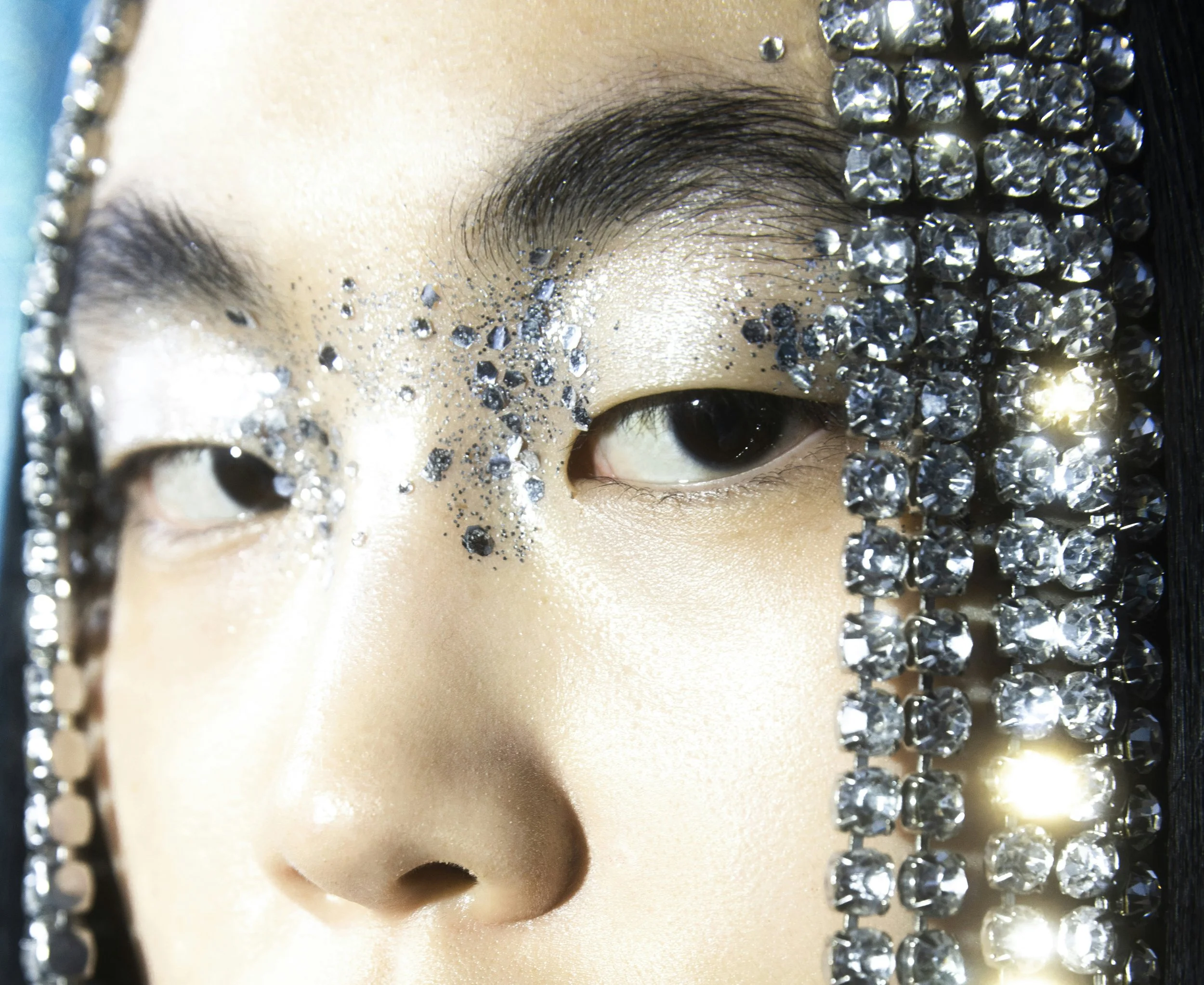I used to think music festivals were my worst nightmare.
The idea of spending a weekend surrounded by crowds, pulsing lights, and thudding bass made my skin itch. My sensory system already worked overtime in the grocery store – what chance did I have at an actual festival?
Festivals have long been sold as spaces of release – freedom, joy, abandon – but to me, they always felt like tests I was destined to fail: too chaotic, too loud, too many people, too much sun, too much everything. I never saw anyone who looked or moved or stimmed like me. I thought that meant I didn’t belong.
Then a friend sent me the flyer for a festival called Queer Burn, an LGBTQ-centered music and arts gathering that promised “radical rest spaces,” low-stimulation zones, peer-led workshops, and a focus on accessibility. The lineup was full of artists I loved, and more importantly, it was the first time I’d seen a music festival actively consider people like me – people who need a pause button in overstimulating spaces, who don’t experience the world in straight lines or with neurotypical bandwidths.
So I said yes.
We planned carefully: noise-canceling headphones, a full-body sensory wrap I call my “festival burrito,” sunglasses for the LED onslaught, a shared tent with fairy lights (soft, not blinking), and pre-discussed hand signals for when words were too much. My friends – all neurodivergent, all queer, all incredible – built an ecosystem of care around each other.
When we arrived, I still felt the usual edge of anxiety buzzing under my skin. But there were signs this might be different.
No one rushed. No one pushed. When I paused at the entrance to take a breath, someone nearby quietly offered me earplugs with a smile and moved on.
A volunteer pointed out the nearest rest zone before I even had to ask.
There was a quiet tent lined with beanbags and signs that reminded people not to take photos without consent. A shaded corner hosted a peer-led consent workshop. A communal art wall asked us to “Draw your sensory joy” or “Write a song to your younger self.” These weren’t side notes. They were embedded in the festival’s design and values — not just in optional programming, but in the layout, the signage, the staffing, and the way people moved through the space.
At our campsite, my friends helped hang up a soft fabric panel to block some of the lights. Someone passed me a cold drink without words. I tucked myself into my sensory wrap and just… watched.
Then, that first night, as the sun dipped low and the stage lights flickered on, the opening notes of a song I loved rolled out across the field — low, steady, pulsing. I felt the rhythm land in my chest, then travel to my fingertips, my knees, my toes.
I looked around. People weren’t just dancing, they were inhabiting the music in their own ways. Someone was spinning with a fan like a cape. Another person stood still, eyes closed, swaying only slightly. No choreography, no spotlight — just movement as language.
I stayed still at first, just tapping my foot. Then a small flap of my hand. Then a deeper sway in my hips.
And then I was dancing.
Not performatively. Not for anyone’s gaze or approval. Just… me, letting the rhythm move through me in stims and sways and flutters. It wasn’t polished — it was real.
And for the first time, I didn’t care who saw.
It wasn’t the kind of dancing that needs choreography or approval. It was pure stimming joy – fingers flapping in time with the beat, body swaying in a rhythm only I could feel. Around me, others did the same. Some with tiny fans clipped to their shirts, others with fidget tools in their hands, others sitting at the edge of the crowd, eyes closed, soaking it in their own way.
No one said “too much.”
No one said “be normal.”
No one said anything at all – because we got it.
The next night, I lay on the grass with a friend, both of us wrapped in blankets, watching a DJ set from a distance. We didn’t talk. Just stared at the stars and let the vibrations of the bass settle into our bones. I thought about how long I’d believed experiences like this were off-limits to me.
Being autistic – and queer to boot – means that sometimes the world feels like it wasn’t built for you. But here, the world was ours – or at least, it was imagined with us in mind.
Maybe the real problem wasn’t the sensory overload. Maybe it was that I’d only seen festivals through a neurotypical lens – chaos without care, performance without pause.
This wasn’t just a different kind of event; it felt like a reimagined ritual.
One where joy didn’t require performance, only presence.
One where I’m allowed to take up space.
One where freedom isn’t something I have to earn by pretending to be someone else.
One where celebration doesn’t require conformity — it only asks for presence.
I still needed breaks. I still had moments of overwhelm. I still wore my headphones like armor.
But this time, I wasn’t on the outside looking in. I didn’t have to contort myself to fit the space, the space bent gently to meet me.
Next year, we’re going back – same group, same tent, maybe even more glitter. I know the lights will still be bright and the noise will still be loud and I’ll still need to retreat sometimes. But now I know there’s joy in that retreat, too.
Not despite my neurodivergence.
Because of it.
BIO: Lauren Bennett is a queer, neurodivergent writer exploring the intersections of identity, access, and joy. Her work appears in Business Insider, Naked Politics Uk, Cone Magazine and elsewhere.

